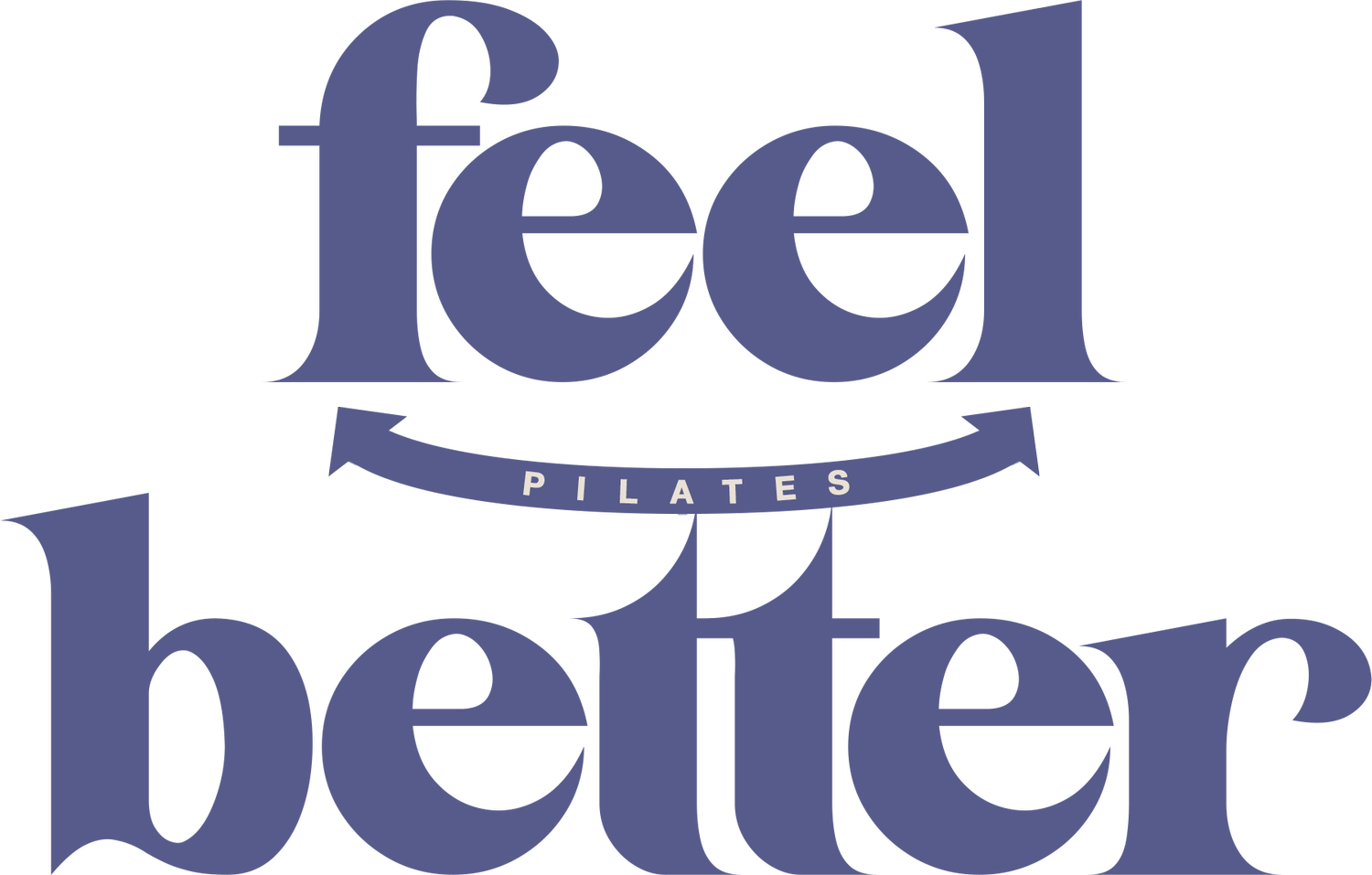What Actually Builds Strength in Pilates?
You’ve felt the burn. You’ve done the pulses. You’ve left class with that delicious shaky-leg feeling. But does that mean you’re actually getting stronger?
Let’s talk about it.
This isn’t just about “feeling it.” Building strength goes deeper than the burn. And if your goals include feeling more powerful, more capable, or just more you in your body, it’s time we pull back the curtain on what really makes that happen.
Muscle activation isn’t magic
You might have heard the term “activation” floating around fitness spaces. It often pops up in cues like “activate your glutes” or “switch on your core.”
But here’s the truth: if you’re doing the movement, the muscles are already working.
What’s often labelled as “activation” is more accurately a warm-up. It’s a chance to connect with the area, build awareness, and mentally prep your body for the work ahead. That little burn? It’s more about endurance than strength. And while endurance is great, it’s not the whole picture.
Strength requires load, not just feeling
To actually build strength, you need to challenge your muscles enough to force them to adapt. That means using enough resistance to recruit more muscle fibres, not just the surface-level ones that switch on with a gentle spring or a few pulses.
Your body is efficient. It conserves energy where it can. Until you increase the challenge - think heavier springs, added resistance, or more demand - you’re often just using the same small set of fibres. And they’re already as strong as they’re going to get.
Progressive overload: the gold standard
The principle of progressive overload is simple but powerful. You gradually increase the challenge over time.
That might look like:
Adding spring tension or resistance
Slowing the tempo to add control
Reducing rest time between exercises
Moving to more challenging (for you) variations of familiar movements - lengthen the lever, increase the ROM or up the weights!
It doesn’t mean smashing yourself every session. But it does mean nudging your comfort zone and doing just a little more than last time.
Why failure (yes, failure!) is a good thing
One of the fastest ways to build strength is training to technical failure.
This happens when you can no longer complete a rep with good form, even though you’re giving it your all. It’s not about pushing through pain. It’s about reaching the point where your muscles are so fatigued they physically can’t do another concentric rep without having to cheat (compensations or using momentum to make movement happen).
It’s uncomfortable. But it’s where progress lives.
“But I don’t feel it in the right place!”
Let’s clear something up. Feeling a muscle doesn’t mean you’re training it effectively. Research shows that our perception of effort isn’t always accurate. Some people feel everything. Others feel almost nothing, even when they’re working hard.
The absence of sensation doesn’t mean the muscle isn’t active.
Building strength in a Pilates class
So how do we make all this land in a Pilates setting?
At Feel Better Pilates, we help you train smart. That means using intentional load, layering in options, and knowing how to find your edge. It’s not about doing more. It’s about doing what’s effective.
If your glutes were on fire but your brain was on autopilot, it might’ve been spicy, but it might not have been strengthening. And that’s OK. We love spice. But we love strength even more.
Key takeaways
• Feeling it doesn’t guarantee strength gains
• Progressive overload helps muscles adapt and grow
• Technical failure is a green light, not a red flag
• Strength comes from effort, not just burn
• Pilates can absolutely build strength with the right tweaks
If your strength goals have been feeling a bit meh lately, maybe it’s time to add an extra spring (or three).
If it tastes like regret, you can change it.
